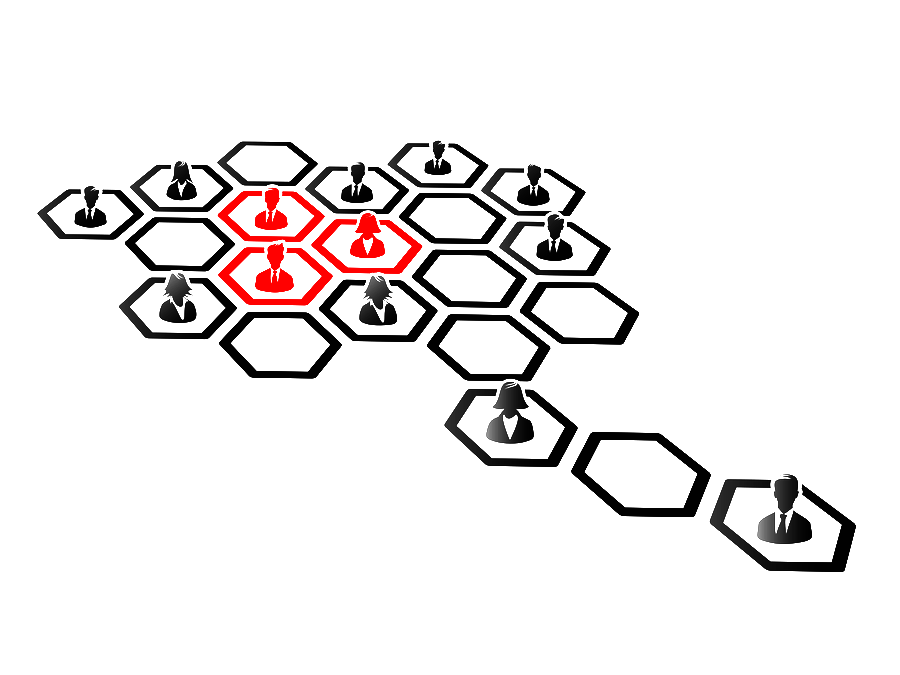Working with Marketing and E-Commerce Data
Introduction
Analyzing past purchases of customers can create significant insights into future buying behavior and improve our understanding the target audience. This document will explore the use of RFM and CLV scaled for omni-channel customer touch points.
Concepts
- STP Segmentation, Targeting and Positioning.
- RFM Recency, Frequency and Monetary Value.
- Recency When the last purchase was made.
- Frequency How many purchases were made.
- Monetary Value Total of sales to the customer.
- Omni-channel customer touch points The points at which the customer interacts with your brand.


Methodology
We can leverage the RFM methodology to segment customers. This analysis works best with at least two years purchase data. Some industries with longer customer lifecycles may need even more data. The source data may be structured as follows.
| Customer ID | Order Date | Order Value |
|---|---|---|
| 10328889 | 3/1/2016 | $25.99 |
| 89146486 | 2/4/2017 | $39.99 |
| 423635465 | 4/4/2016 | $109.98 |
The data is then aggregated and sorted according to recency, frequency, and monetary value. From here, we can use statistical methods to create an index score of RFM values. This index is a statistically robust weighted average of RFM values.
For ease of analysis, we can bin the RFM scale into five categories. The following table shows how many customers fell into each RFM bin, along with the median recency, frequency, and monetary values of each bin.
| RFM Bin | Number of customers | Percent of customers | Median years since last purchase | Median number of purchases | Median total sales |
|---|---|---|---|---|---|
| 1 | 96,007 | 4% | 8.9 | 1 | $22.98 |
| 2 | 1,112,579 | 43% | 5.5 | 1 | $45.97 |
| 3 | 924,749 | 36% | 3.0 | 1 | $137.96 |
| 4 | 298,085 | 11% | 2.1 | 3 | $294.29 |
| 5 | 163,512 | 6% | 1.6 | 5 | $597.60 |
| Total | 2,594,932 | 100% | 4.1 | 1 | $91.94 |
The summary statistics computed against our RFM bins give us a good picture of customer behavior. At this point, it is claer that individual customer purchasing behavior varies significantly. Thus, it would be unwise to spend marketing dollars on every type of customer. To further improve our ad targeting, we can compute the Customer Lifetime Value against our RFM bins.

Customer Lifetime Value (CLV)
Customer Lifetime Value (CLV) has two general objectives. The first is to quantify customer churn and the second is to estimate a customer’s monetary lifetime value.
A CLV analysis would be used to estimate the typical customer churn over time, identify how much that customer would pay over that timeframe, and then discount the value of that customer over time. In this example, we take 12 months of sales data from a period six years in the past, then estimate the CLV over the following six-year period.
Note that we cannot use CLV when estimating the average value of a customer who made only one purchase. The tatble below shows the estimated lifetime value of an average customer who made two or more purchases, and shows the estimated the likelihood of retention each year. For this analysis, we defined churn as any customer who did not make a purchase within two years of their last purchase.
CLV and Retention Decay
From this analysis, we learned a repeat customer brings in $185.89, on average, over his or her lifetime. As an example of the retention interpretation, after 3 years, about 40% of customers are still considered active customers, meaning they would have made a purchase within the past two years.
By aggregating these results against RFM bins, we can get the CLV for each of those individual bins. This data can be used to quantify spend towards each type of customer.
Here is the breakdown based on the RFM bins:
| RFM Bin | CLV |
|---|---|
| 2 | $29.35 |
| 3 | $92.67 |
| 4 | $249.23 |
| 5 | $484.74 |
| All repeat customers | $29.35 |
| Year | Probability of retention | Value of year |
|---|---|---|
| 0.5 | 1.000 | $40.97 |
| 1.0 | 1.000 | $37.25 |
| 1.5 | 1.000 | $33.86 |
| 2.0 | 1.000 | $30.78 |
| 2.5 | 0.571 | $15.98 |
| 3.0 | 0.405 | $10.31 |
| 3.5 | 0.269 | $6.22 |
| 4.0 | 0.164 | $3.45 |
| 4.5 | 0.124 | $2.38 |
| 5.0 | 0.105 | $1.83 |
| 5.5 | 0.096 | $1.52 |
| 6.0 | 0.093 | $1.33 |
| CLV | $185.89 | |
Retention Decay Curve
Conclusion
Now we know the value each customer segment brings to the business. Based on these insights, we can determine the acquisition cost of a given type of customer. The acquisition cost can then be used to create price targets for bidding across various marketing channels.